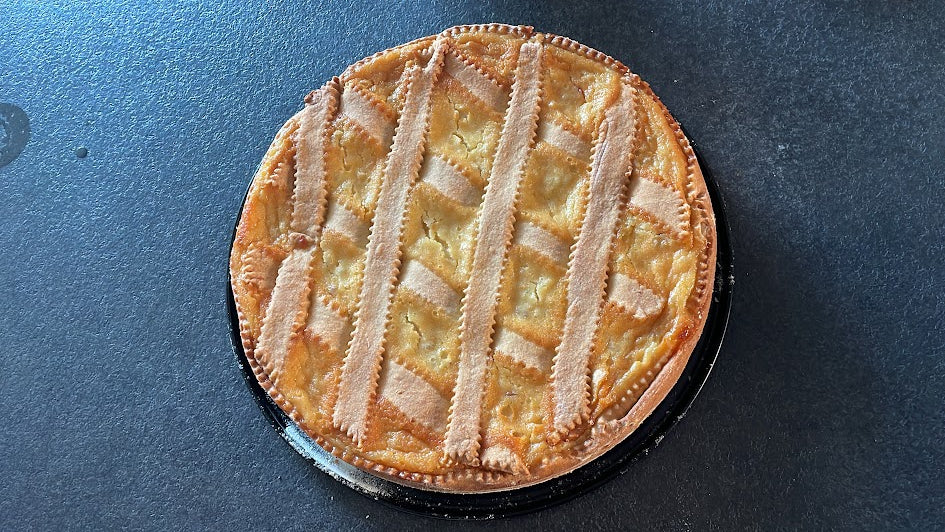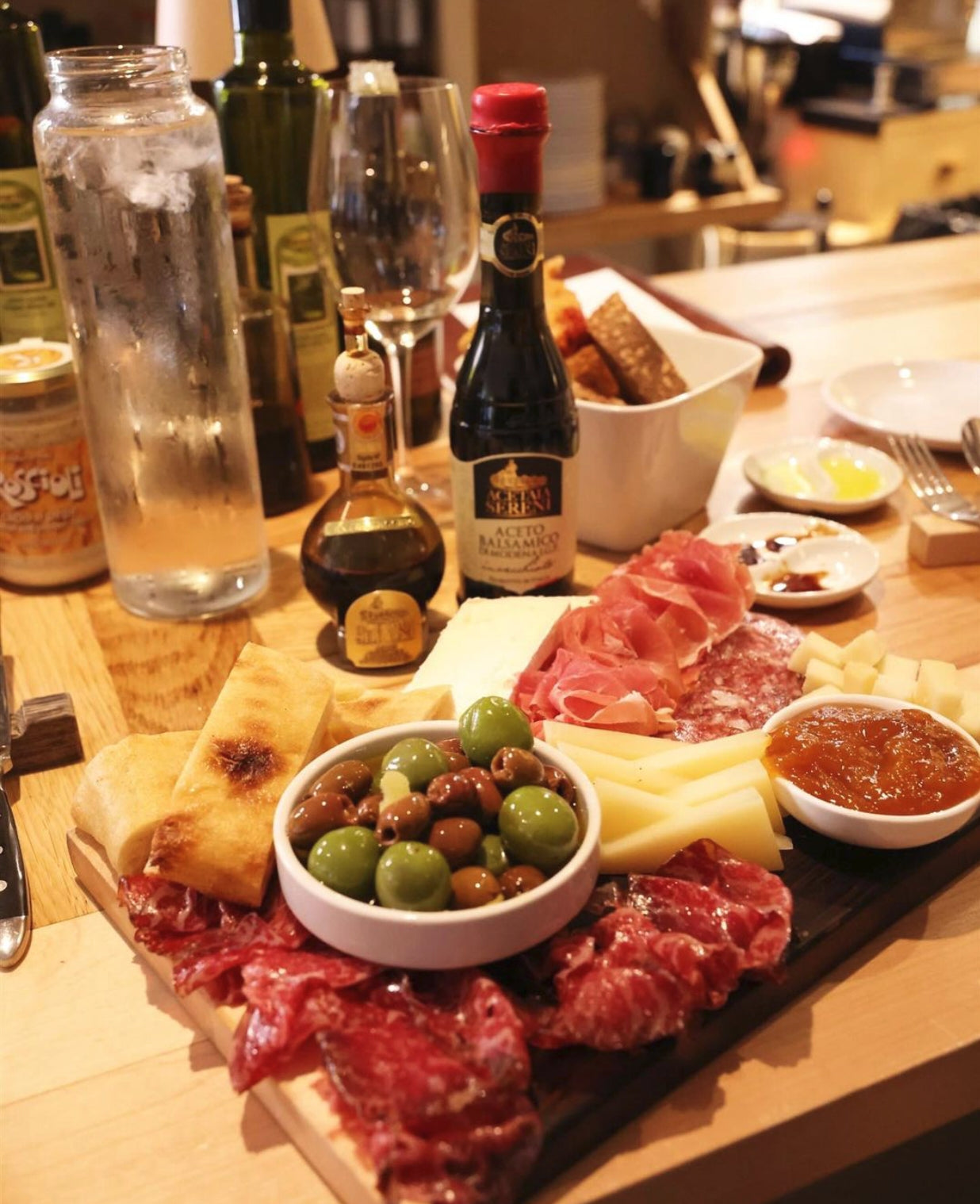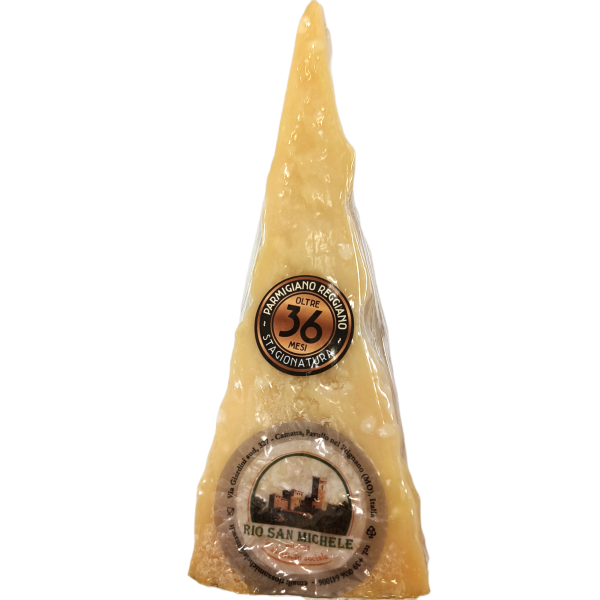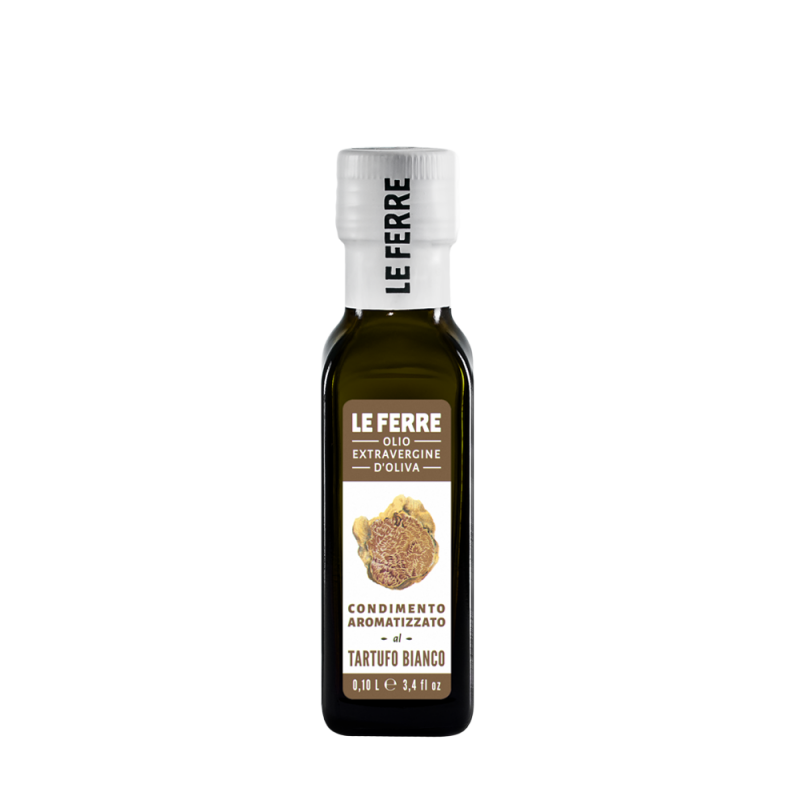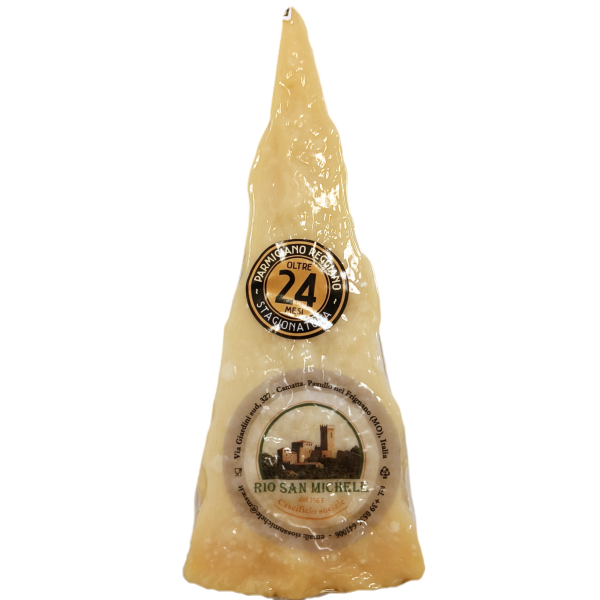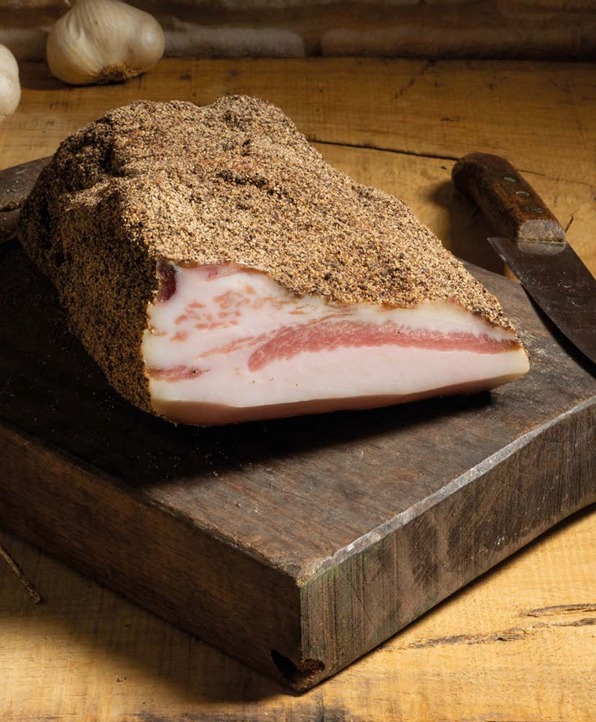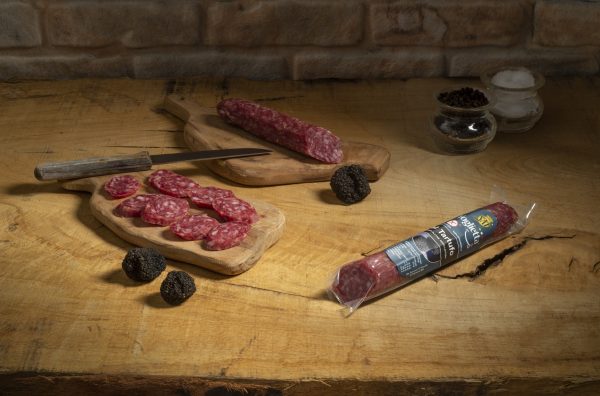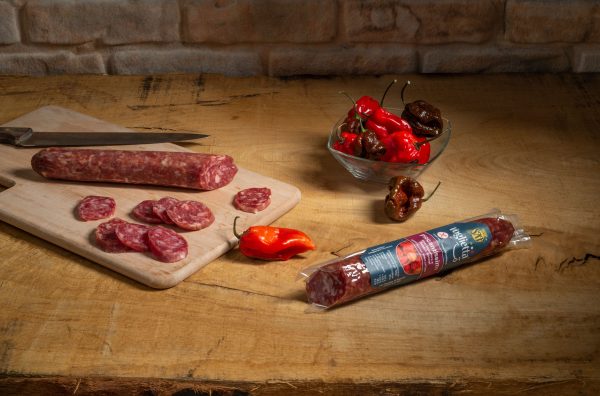Easter in Italy is a vibrant and heartfelt holiday, a moment of profound spirituality inextricably linked with ancient traditions, joyful celebrations, and, of course, a rich and varied festive table. While Denmark celebrates påske with its own peculiarities, a careful eye reveals some unexpected similarities, even while maintaining its distinctive customs.
Unexpected Similarities: Beyond Chocolate Eggs
At first glance, Easter celebrations in Italy and Denmark might seem distant. However, scratching the surface reveals some surprising common threads. Both countries, for example, place great importance on gathering with family and sharing convivial moments during the holidays. Spring, with its awakening of nature, provides the backdrop for both celebrations, symbolizing rebirth and hope.
And then there are the eggs! Although the shapes and traditions may vary, the egg as a symbol of new life is central to both cultures. In Denmark, decorated påskeæg filled with sweets are a joy for children, often hidden for a fun Easter egg hunt. In Italy, chocolate eggs, often of considerable size and containing surprises, are an indispensable gift, but the tradition has roots in the use of real eggs, decorated and blessed.
The Italian Easter Tradition: A Mosaic of Rites and Customs
Easter in Italy is a period rich in religious rites and popular traditions that vary from region to region, but share a common core. Holy Week culminates with the Paschal Triduum:
- Maundy Thursday: Commemoration of the Last Supper, with the traditional washing of feet in some celebrations.
- Good Friday: A day of mourning and penance, with solemn processions that recall the Passion of Christ. Many cities host very evocative sacred representations.
- Holy Saturday: A day of waiting and silence. In the evening, the Easter Vigil is celebrated, a liturgy rich in symbolism that announces the Resurrection.
Easter Sunday is the culmination of the celebrations. The morning often begins with a solemn Mass, followed by a festive lunch with family. In many places, joyful processions and firecracker explosions announce the Resurrection.
Easter Monday (or Pasquetta) is traditionally dedicated to outings, picnics, and trips to the countryside with friends and relatives, a way to celebrate newfound freedom and enjoy the first days of spring.
Cultural Differences: A Focus on the Sacred and the Secular
While Easter in Denmark has a strong connection to the awakening of spring and outdoor activities, in Italy the religious dimension remains central and deeply rooted. The processions, liturgies, and rites of Holy Week are well-attended and significant events for many Italians.
Another notable difference lies in the figure of the gift-bringer. In Denmark, the tradition of the påskehare (the Easter bunny) bringing eggs is very widespread, similar to the role of Santa Claus at Christmas. In Italy, this figure does not exist in popular tradition; chocolate eggs are simply given and exchanged.
A Taste of Tradition: Typical Italian Easter Dishes
The Italian Easter table is a true ode to spring and the richness of local products. Each region has its own specialties, but some dishes are a must throughout the country:
- Colomba Pasquale: A leavened cake shaped like a dove, covered with glaze and almonds, a symbol of peace and resurrection.
- Decorated Hard-Boiled Eggs: Simple but indispensable, often blessed during Mass.
- Torta Pasqualina (Liguria): A savory pie filled with spinach, ricotta, and whole eggs, a true masterpiece of rusticity and flavor.
- Abbacchio al Forno (Lazio): Roasted lamb with potatoes and herbs, a robust and traditional dish.
- Pastiera Napoletana (Campania): A creamy cake based on ricotta cheese, cooked wheat, and flavorings, with an unmistakable aroma.
- Cured Meats and Cheeses: A rich antipasto with typical cured meats and charcuteri such as salame riserva and cheeses like our famous Parmigiano Reggiano.
Easter in Italy is therefore a special moment, a weaving together of faith, tradition, family, and authentic flavors. Despite its cultural specificities, the desire to celebrate rebirth and the joy of spring ultimately links it to Danish celebrations as well, reminding us that beyond the differences, the heart of the holidays always lies in sharing and affection.
Buon appetito!

